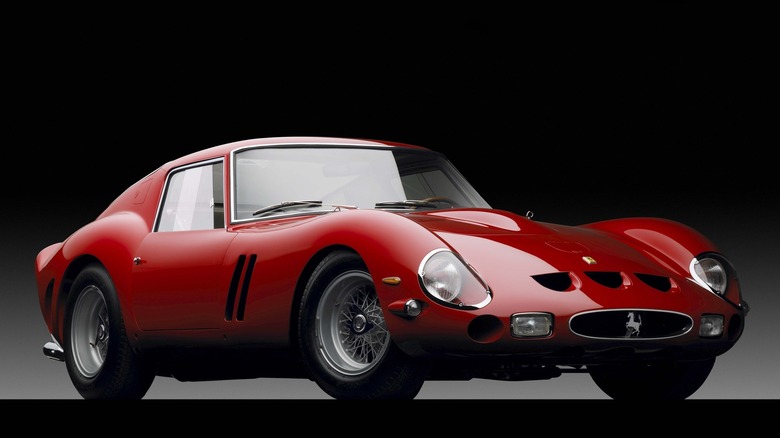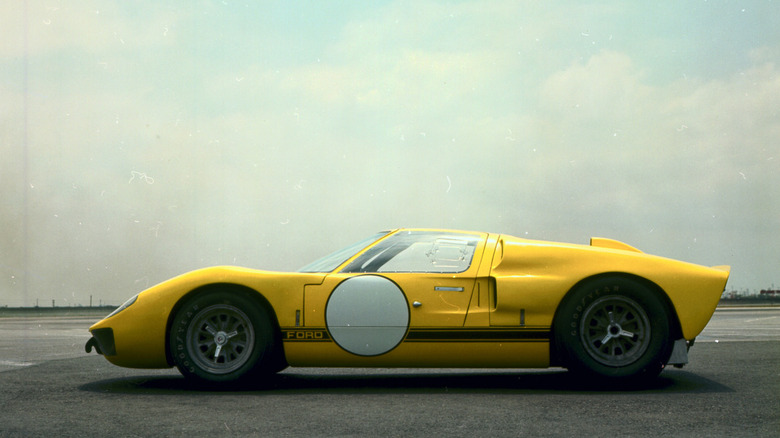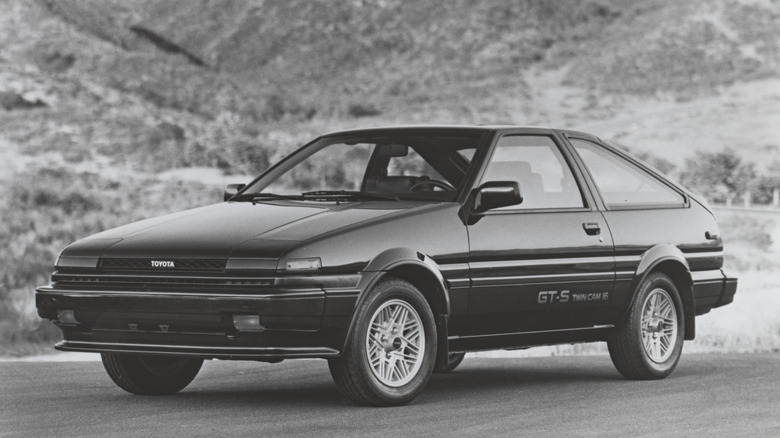Why Some Old Cars Appreciate In Value (But Most Others Remain Cheap)
Classic car ownership generally represents a solid means of capital investment, provided you have the funds to keep your vehicle well-maintained. But if you're trying to get ahead of the curve and are looking for a future classic, or something inexpensive that'll appreciate in value over time, how can you tell what's what? Not all classic cars are equal, after all. While an old Volkswagen Beetle and a Mercedes 300SL Gullwing both come from the same era, one car is perfectly affordable, and the other is worth seven figures. What determines this, and what should you look out for when you're shopping for your next classic car as an investment?
To summarize, there are two general principles that go into analyzing which cars will go up in value: the tangible facts and specifications, and the intangible subjective factor. On the tangible side, you'll find various core attributes about the car — for instance, how rare it is, performance specifications, if it's a particular trim level or features certain equipment, and so on. It's everything you can directly observe about the car that makes it practically distinct. A 1966 Shelby GT-350 is worth more than a standard 1966 Mustang because it's one of the rarest Mustangs ever produced, and represents a faster special-edition model with features not available on the base Mustang.
The intangible factor represents the opposite: subjective qualities about the car. For instance, an A80 Toyota Supra averages at roughly $75,000 hammer price with immaculate examples easily cresting six figures, in-part due to its pop-culture popularity. Quirky or artistic aesthetics, media influence, special serial numbers (like Chassis Number 1,000,000), historical provenance; these all belong here.
A classic car's practical, objective value
The opening factor in assessing any classic car's value, rare or not, is inspecting its condition. Obviously, a wreck won't be worth as much as an identical vehicle in perfect working order. But beyond that, there are questions like whether a car is 100% original, if it's restored, a restomod, daily-driven, low-mileage and parked for extended periods, and so on. Generally-speaking, most classic cars with fewer miles are worth more, either as collector's items or drivers. If you're shopping for something to daily, then you won't want something worn-out and prone to breakdowns.
Another point to consider is rarity. Handmade cars like classic coachbuilt examples, one-off or limited-production editions, and cars with rare options all meet these requirements. For instance, a 1970 Plymouth Barracuda with a 426 Hemi and 4-speed easily commands over $300,000. But a Barracuda with the base slant-six and automatic is worth a fraction of that price, even in excellent condition. That's because only a small fraction of Barracudas ever housed a factory Hemi, and the engine is far more powerful than a slant-six.
Similarly, many performance-oriented cars and prominent race cars command higher prices, such as the Ford GT40 or Bugatti Type 35. Such cars don't represent good daily-drivers; rather, their value stems from factors like technological innovations, racing pedigree, and overall performance. A particularly advanced or proven race-winning car will usually sell for more than the car in last place.
Intangible and subjective reasons
While much of what makes a car worth purchasing is based on extrinsic value (whether it's actually a good car or not), an amount also relies on its intrinsic value. This stems from various subjective factors ranging from what a car looks and sounds like, to being connected with certain drivers. For example, Carroll Shelby's personal Cobra will easily double the average hammer price of a 1965 Shelby Cobra in good condition, despite it being virtually identical to any other Cobra in principle. A similar reasoning applies to cars with special serial numbers and the "first" or "last" of a specific type, such as the last ever Mercedes 300SL Gullwing. It's also a factory car, the same as any other Gullwing, yet it sold at approximately $700,000 above market price.
Another reason for increasing value relies upon a car's popular sentiment. These include vehicles like movie cars, such as a Herbie hero car, the 1963 Volkswagen from "The Love Bug," which sold for $126,500. These vehicles in general often appreciate in value owing to their popularity in film and TV regardless if they're the literal movie car, like the 1986 "Eight-Six" Toyota AE86 from "Initial-D." These cars routinely break $30,000 or more for JDM examples, a price inflation owing to its fame.
Other cars simply appeal to our sentiments; many forgotten and underappreciated '90s cars are increasing in value because the people that grew up around them can now afford and drive them. And classic cars are worth whatever people are willing to pay. So the more people who show interest backed by money, the more their price will go up.


